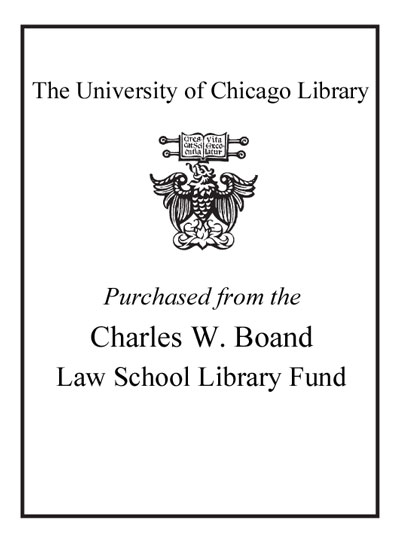| Summary: | The topics of double non-taxation and hybrid entities have acquired a particular importance in a context where transformations within the tax world seem to be leading to an international commitment most materially manifested in the OECD Base Erosion and Profit Shifting (BEPS) project. In this systematic in-depth critique of the BEPS Action Plan 2 with regard to hybrid entities, this book provides a critical review of the OECD's approach and proposes a deeply informed alternative method based on the tax policy aims of simplicity, coherence and ease of administration. The author analyses the interaction between the double non-taxation outcome and the use of hybrid entities in an approach not strictly linked to any specific tax jurisdiction. To this end, the analysis includes case studies and examples from a range of jurisdictions emphasizing the international tax context, including the application of tax treaties. Among the seminal matters covered are the following: - foundations of the concepts of double non-taxation and hybrid entities, absent of the specific limitations of domestic tax legislation; - extensive analysis based on the rules of characterization of foreign entities for tax purposes in the United States, Spain, Denmark and Germany, as well as on the Poland/United States and Canada/United States tax treaties; - detailed analysis on the implications of Article 1(2) OECD Model Tax Convention and Article 3(1) Multilateral Instrument, especially having in mind the position of developing (source) countries; and - EU tax law as part of the international context, including an extensive analysis on the EU Anti-Tax Avoidance Directive (ATAD) I and ATAD II. Detailed comparisons between the author's proposal and other existing rules elucidate common points and deviations.
|
|---|

